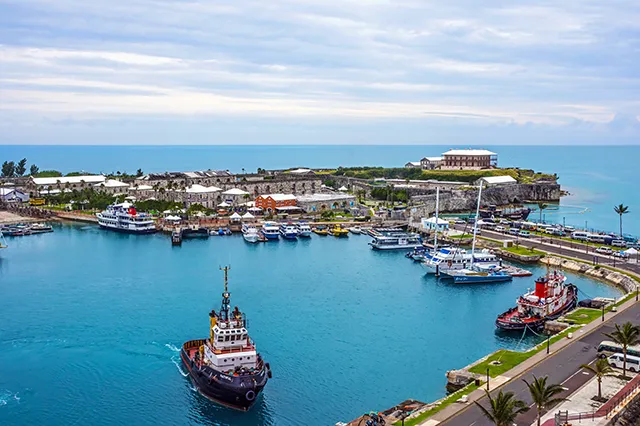The Annapurna region of Nepal has long been a magnet for trekkers, nature lovers, and cultural explorers. With snow-capped peaks, tranquil villages, and diverse wildlife, it is a destination that offers something for every type of traveler. At the heart of this region lies Pancha Kunda Lake, a high-altitude gem surrounded by spiritual significance and breathtaking beauty. Nearby, traditional villages like Ghandruk, iconic viewpoints such as Poon Hill, rejuvenating hot springs in Tatopani, and the wilderness of Dhorpatan add depth to the experience, making the Annapurna region one of Nepal’s most rewarding destinations.
Pancha Kunda Lake: Serenity at 4,100 Meters
Tucked away in the Myagdi District at an altitude of about 4,100 meters, Pancha Kunda Lake is a pristine body of water flanked by alpine meadows and towering peaks. The name “Pancha Kunda” refers to the five smaller ponds that emerge around the main lake when snow and ice melt, creating a dazzling spectacle of contrasts.
The lake is not just a natural wonder but also a sacred space. With a Shiva temple and Buddha statue nearby, Pancha Kunda is revered as a place of spiritual reflection. Trekkers who reach this high-altitude retreat are rewarded with peace, pristine air, and panoramic mountain views.
Why visit Pancha Kunda Lake:
- Spiritual atmosphere with temples and statues
- Tranquil trekking routes through forests and fields
- Best visited in Spring (March–May) and Autumn (September–November)
Ghorepani and Poon Hill: Sunrise Above the Himalayas
No journey to the Annapurna region is complete without a trek to Poon Hill, a world-famous viewpoint near Ghorepani. At sunrise, the mountains blaze in hues of orange and gold, offering views of Annapurna, Dhaulagiri, and the iconic Machapuchare (Fishtail Peak).
The hike is relatively short and accessible, making it ideal for first-time trekkers or those short on time. Along the way, the Gurung community of Ghorepani offers authentic cultural encounters, with traditional homes and warm hospitality.
Highlights of Ghorepani and Poon Hill:
- Legendary sunrise views over the Himalayas
- Rich Gurung cultural experiences
- Accessible trekking routes for all skill levels
Ghandruk: A Gurung Village of Timeless Charm
The village of Ghandruk, perched on the slopes of the Annapurna range, is a blend of cultural heritage and natural beauty. Known for its traditional stone houses and vibrant Gurung community, Ghandruk allows visitors to experience daily life in rural Nepal.
From its terraces, trekkers can enjoy unobstructed views of Annapurna South, Hiunchuli, and Machapuchare. Its easy accessibility makes Ghandruk a popular destination for families, cultural travelers, and photographers.
Why Ghandruk stands out:
- Authentic Gurung culture and traditions
- Ideal stop on the Annapurna Sanctuary Trek
- Stunning views of Annapurna South and Machapuchare
Tatopani: Hot Springs in the Heart of the Himalayas
After long days on the trail, trekkers often head to Tatopani, a village famed for its natural hot springs. Located on the banks of the Kali Gandaki River, Tatopani offers both scenic charm and therapeutic relief. The springs are believed to have healing properties, making them a favorite stop for travelers to relax and recover.
Key features of Tatopani:
- Natural hot springs for relaxation
- Scenic river views
- A popular rest point along the Annapurna Circuit
Dhorpatan Hunting Reserve: A Wilderness Untouched
For those seeking an off-the-beaten-path adventure, the Dhorpatan Hunting Reserve provides remote trekking routes and rare wildlife encounters. It is Nepal’s only hunting reserve and a sanctuary for species like the snow leopard, blue sheep, and Himalayan tahr.
Unlike more commercialized trekking destinations, Dhorpatan remains largely untouched, offering pristine landscapes and a peaceful environment. For wildlife enthusiasts and adventurous trekkers, it provides a unique chance to experience the Himalayas in solitude.
What makes Dhorpatan unique:
- Habitat for rare species including snow leopards
- Rugged trekking routes through forests and meadows
- Remote and tranquil atmosphere
Best Seasons to Explore the Annapurna Region
The Annapurna region is best visited during Autumn (September–November) and Spring (March–May). These seasons offer clear skies, stable weather, and pleasant trekking conditions. The monsoon months (June–August) bring heavy rains, making trails slippery and less safe.
A Journey Through Himalayan Treasures
From the sacred stillness of Pancha Kunda Lake to the fiery dawn at Poon Hill, every corner of the Annapurna region tells a story. Villages like Ghandruk bring travelers face-to-face with Gurung culture, while the hot springs at Tatopani soothe weary feet and spirits. Beyond, the wilderness of Dhorpatan calls to those who crave untouched landscapes and rare wildlife sightings.
Together, these destinations form a tapestry of experiences that blend natural beauty, cultural immersion, and adventure. For those who seek both serenity and thrill, the Annapurna region of Nepal offers an unforgettable journey through the heart of the Himalayas.
For more travel news like this, keep reading Global Travel Wire



















